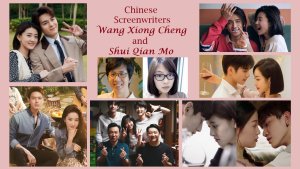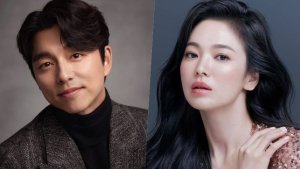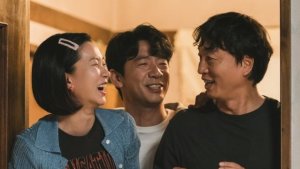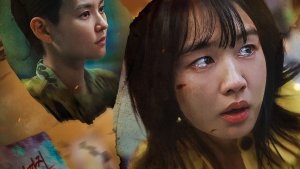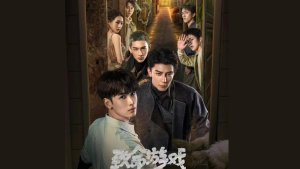 The Spirealm: Behind the Mysterious Doors
The Spirealm: Behind the Mysterious Doors
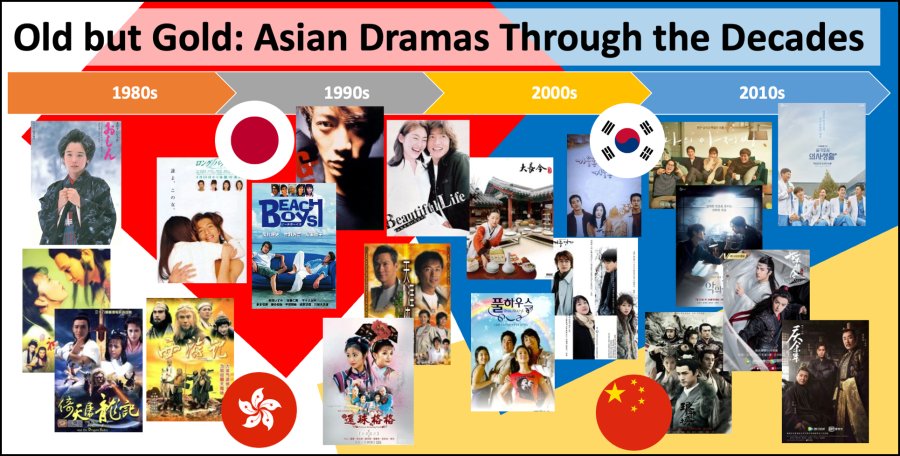
Korean dramas are the rage, dominating the MDL Top Ranked and Popularity charts in the 21st Century, and also recently scoring wins as the first non-English drama for major U.S. awards. In 2022, Squid Game won three out of four nominations at the 28th SAG (Screen Actors Guild) Award and also took home a 79th Golden Globe Award. Do you know that Korean dramas started to gain international prominence in the mid 2000s?
In this article, we explore the evolution of Asian dramas prominence by region over the decades from the 1980s (based on MDL Top (Ranked) and Popularity charts filtered by each decade on 8 June 2022) and unearth some old but gold and signature dramas that are worth checking out, but buried under the tons of recent dramas that are more popular and have more generous ratings!
1980s (1981 - 1990): Canto Boom
The 1980s was the decade when colour TV became more widely available, and the golden era for Cantopop and Hong Kong dramas, with Hong Kong dramas dominating TV screens in East and South-east Asia. While Hong Kong dramas took 8 spots in the MDL Top 10 dramas aired in the 1980s (of which 7 are costume/historical dramas), the Japanese dramas dominated the MDL Popular chart taking 7 spots (with Japanese superhero dramas taking 5 spots), and Hong Kong drama adaptations of Louis Cha’s wuxia Condor Trilogy novels taking 2 spots.
MDL Top 10 Dramas Aired in the 1980s | ||||
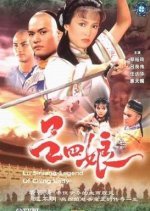 The Legend of the Ching Lady (1985) #01 - Hong Kong - 9.2 |
| 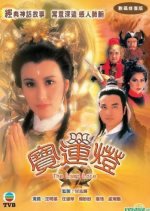 The Lamp Lore (1986) #03 - Hong Kong - 9.1 | #04 - Hong Kong - 8.9 | #05 - Hong Kong - 8.9 |
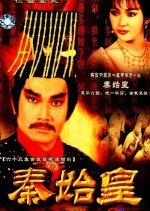 Rise of the Great Wall (1986) #07 - Hong Kong - 8.6 |  The Legend of Wong Tai Sin (1986) #08 - Hong Kong - 8.6 |
| Tree with Deep Roots (1983) #10 - Korean - 8.5 | |
MDL 10 Most Popular Dramas Aired in the 1980s | ||||
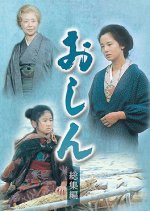 Oshin (1983) #01 - Japanese - 8.3 | 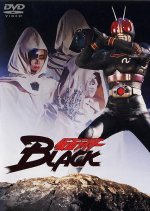 Kamen Rider Black (1987) #02 - Japanese- 7.9 |  Journey to the West (1986) #03 - Chinese - 8.2 |  Kamen Rider Black RX (1988) #04 - Japanese - 7.5 | 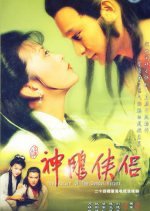 #05 - Hong Kong - 8.0 |
 #06 - Hong Kong - 8.4 | 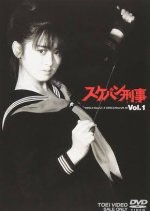 Sukeban Deka (1985) #07 - Japanese - 7.7 | 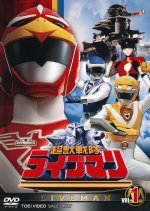 Choujuu Sentai Liveman (1988) #08 - Japanese - 7.8 | 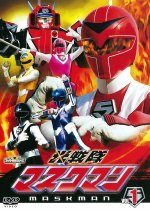 Hikari Sentai Maskman (1987) #09 - Japanese - 7.5 |  Dengeki Sentai Changeman (1985) #10 - Japanese - 7.7 |
Recommended watch worthy dramas from the 1980s
1980s Hong Kong drama adaptations of Louis Cha’s wuxia Condor Trilogy novels
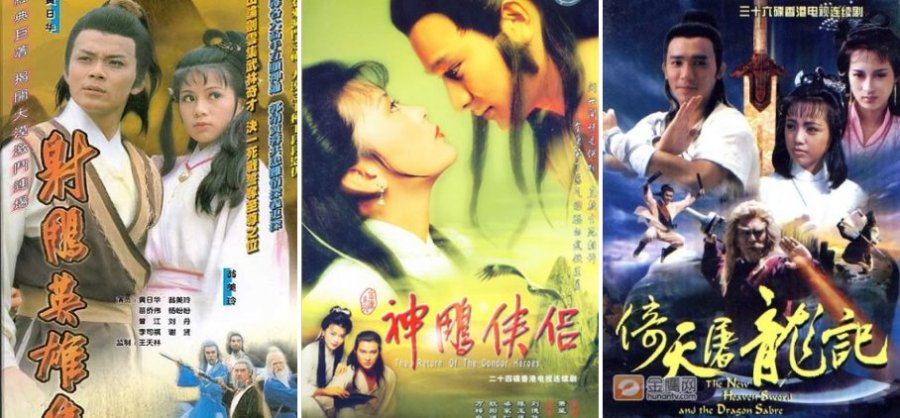 Probably the Grandmaster and classic of wuxia dramas, with elaborate world building (Beggars’ Sect, Shaolin Sect, Wudang Sect, Emei Sect), iconic character building (Guo Jing - Huang Rong, Yang Guo - Xiaolongnu (Little Dragon Maiden), Zhang Wuji - Zhao Min - Zhou Zhiruo) and intriguing plots on good vs evil, the Condor Trilogy dramas, adapted from wuxia novels written by Hong Kong-based Chinese writer Louis Cha are definitely worth checking out.
Probably the Grandmaster and classic of wuxia dramas, with elaborate world building (Beggars’ Sect, Shaolin Sect, Wudang Sect, Emei Sect), iconic character building (Guo Jing - Huang Rong, Yang Guo - Xiaolongnu (Little Dragon Maiden), Zhang Wuji - Zhao Min - Zhou Zhiruo) and intriguing plots on good vs evil, the Condor Trilogy dramas, adapted from wuxia novels written by Hong Kong-based Chinese writer Louis Cha are definitely worth checking out.
- The Legend of the Condor Heroes (1983), novel published in 1957.
- The Return of the Condor Heroes (1983), novel published in 1959.
- The New Heaven Sword and the Dragon Sabre (1986), novel published in 1961.
The first drama adaptation of the Condor Trilogy was in the 1970s, with remakes of the three dramas every decade right to the 2010s. It won’t be surprising to also see remakes in the current decade (2020s). Here’s a prior MDL forum The Return of the Condor Heroes - ALL adaptations by Ceki listing all adaptations of the Condor Trilogy dramas. My personal fave is The New Heaven Sword and Dragon Sabre (#12 MDL Popular chart with a rating of 8.1) on how an orphan becomes a top, chivalrous and respected wuxia pugilist.
Oshin (1983)
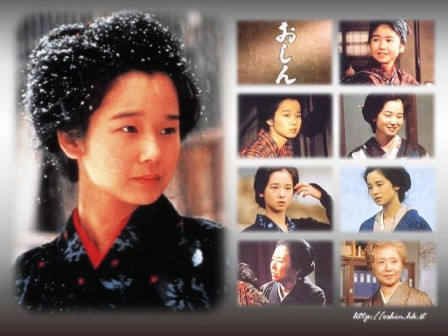
Not to be missed is also Japanese drama Oshin which topped the MDL Popular chart in the 1980s. Oshin is also the first globally successful Japanese drama, depicting the life, strength, tenacity, love, sacrifice and endurance of the female protagonist Oshin. The passing of its screenwriter and one of Japan's most successful TV writers and an Order of Culture recipient Sugako Hashida in April 2021 at age 95, renewed global interests to watch/re-watch this drama (BBC News).
1990s (1991 - 2000): Japanese Ryū
Following the globally successful Japanese drama Oshin in the 1980s, rising economic power and surge in Japanese popular culture spanning anime, manga, J-pop, film and dramas, 1990s saw the global imports and dominance of Japanese dramas aka dorama in East and Southeast Asia.
In the 1990s, doramas toppled Hong Kong dramas, occupying 7 out of 10 spots in the MDL Top chart, and 8 out of 10 spots in MDL Popular chart. Do you also know that the 1990s doramas are also 6 of 10 most-viewed drama episodes of the three decades in the Heisei Period (8 Jan 1989 – 30 Apr 2019)? Read more in this prior MDL article The Highest Rated Japanese Dramas of the Heisei Period by heart-ereki.
Of note, Chinese dramas Princess Pearl (1998) and Princess Pearl II (1999) are ranked #01 and #03 in the MDL Top chart and are among the MDL Popular 20 chart. While Korean dramas are still rare in the MDL Top and Popular charts, Korean drama Autumn Tale (2000), the first of season-themed tetralogy Endless Love drama series directed by Yoon Seok Ho, is not just the only Korean drama, but also the #01, on the MDL Popular 10 chart in the 1990s!
MDL Top 10 Dramas Aired in the 1990s | ||||
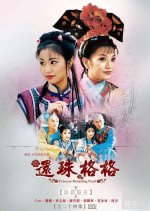 Princess Pearl (1998) #01 - Chinese - 8.3 |
| 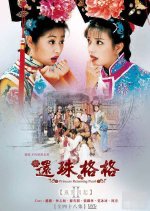 Princess Pearl II (1999) #03 - Chinese - 8.1 | #04 - Hong Kong - 8.1 | #05 - Japanese - 8.1 |
| 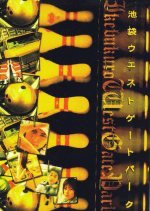 Ikebukuro West Gate Park (2000) #07 - Japanese - 7.9 |  Beautiful Life (2000) #08 - Japanese- 7.9 |
| |
MDL 10 Most Popular Dramas Aired in the 1990s | ||||
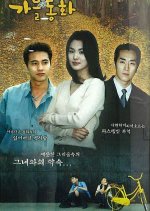 Autumn Tale (2000) #01 - Korean - 7.7 | 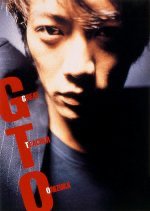 GTO (1998) #02 - Japanese- 8.2 | 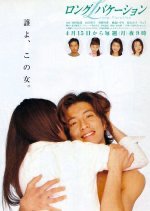 Long Vacation (1996) #03 - Japanese - 8.1 |  Itazura na Kiss (1996) #04 - Japanese - 6.8 | 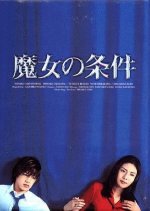 Majo no Jouken (1999) #05 - Japanese - 7.6 |
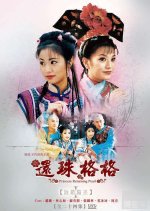 Princess Pearl (1998) #06 - Chinese - 8.3 | 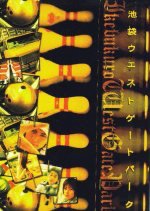 Ikebukuro West Gate Park (2000) #07 - Japanese - 7.9 | 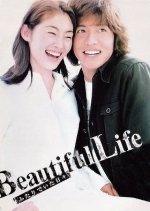 Beautiful Life (2000) #08 - Japanese - 7.9 | 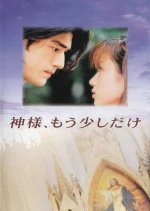 Kamisama Mou Sukoshi Dake (1998) #09 - Japanese - 7.9 | 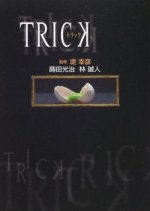 TRICK (2000) #10 - Japanese - 7.8 |
Recommended watch worthy dramas from the 1990s
Princess Pearl and Princess Pearl II
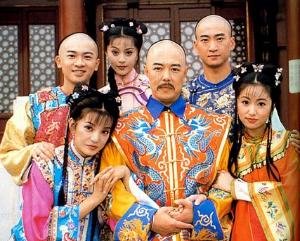 Princess Pearl and its sequel Princess Pearl II with the same cast are among MDL Top and Popular dramas in the 1990s. A Chinese historical rom-com set in the Qing Dynasty, on the loud and goofy female protagonist, who was mistaken by the Qian Long Emperor as his illegitimate daughter, her friendship with the real Princess and their respective romance with the nobles. Adapted from Taiwanese writer Chiung Yao’s novel, whose earlier tearjerker romance novels had also been adapted to become popular dramas, the Princess Pearl series were also hugely popular in the 1990s in Asia, propelling the two female leads (Vicki Zhao and Ruby Lin) to stardom. See also Fan Bing Bing at her drama debut!
Princess Pearl and its sequel Princess Pearl II with the same cast are among MDL Top and Popular dramas in the 1990s. A Chinese historical rom-com set in the Qing Dynasty, on the loud and goofy female protagonist, who was mistaken by the Qian Long Emperor as his illegitimate daughter, her friendship with the real Princess and their respective romance with the nobles. Adapted from Taiwanese writer Chiung Yao’s novel, whose earlier tearjerker romance novels had also been adapted to become popular dramas, the Princess Pearl series were also hugely popular in the 1990s in Asia, propelling the two female leads (Vicki Zhao and Ruby Lin) to stardom. See also Fan Bing Bing at her drama debut!
Journey to the West
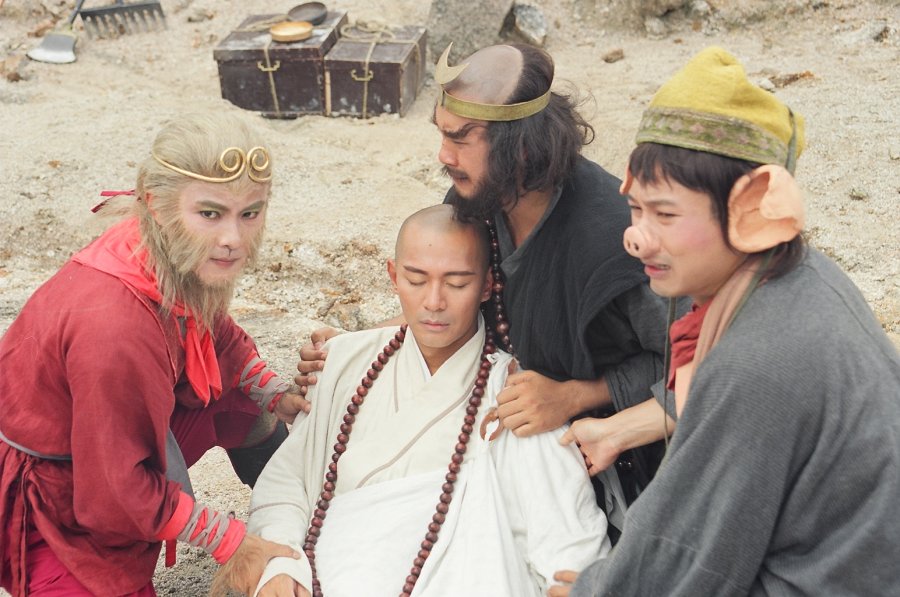 Journey to the West (1996) is a drama adaptation of one of Four Great Classical Novels of Chinese Literature of the same name. The earlier drama adaptation by China in 1986 is the #03 MDL Popular drama in the 1980s with a rating of 8.2. Both drama adaptations stay true to the original novel, depicting the legendary pilgrimage and trials and tribulations of the Tang Dynasty Buddhist monk and his disciples Monkey God, Pigsy and Sandy, to the Western Regions (Central Asia and the Indian continent) to obtain the Buddhist sacred sūtras. It is a not-to-be-missed family-friendly drama, especially if you have watched and enjoyed Kdrama A Korean Odyssey (2017), which is a cheesy modern Korean adaptation of the original novel. There are also various adaptations in dramas and films. Here’s a prior MDL forum Journey to the West - ALL adaptations by Ceki listing various drama and film adaptations.
Journey to the West (1996) is a drama adaptation of one of Four Great Classical Novels of Chinese Literature of the same name. The earlier drama adaptation by China in 1986 is the #03 MDL Popular drama in the 1980s with a rating of 8.2. Both drama adaptations stay true to the original novel, depicting the legendary pilgrimage and trials and tribulations of the Tang Dynasty Buddhist monk and his disciples Monkey God, Pigsy and Sandy, to the Western Regions (Central Asia and the Indian continent) to obtain the Buddhist sacred sūtras. It is a not-to-be-missed family-friendly drama, especially if you have watched and enjoyed Kdrama A Korean Odyssey (2017), which is a cheesy modern Korean adaptation of the original novel. There are also various adaptations in dramas and films. Here’s a prior MDL forum Journey to the West - ALL adaptations by Ceki listing various drama and film adaptations.
Long Vacation (1996) and Beautiful Life (2000)
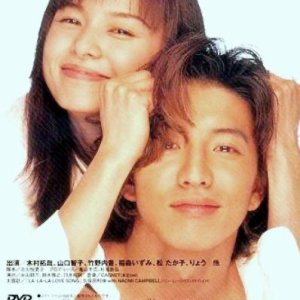 | Hailed as the “King of Japanese Dramas” with 5 of his works among the Top 10 highest-rated television series in Japanese history (Wikipedia), dorama lovers should check out Kimura Takuya’s signature romance dramas Long Vacation and Beautiful Life. |  |
Beach Boys (1997)
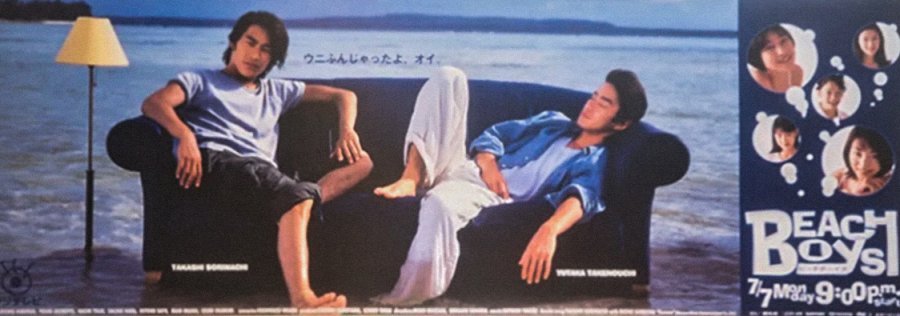
A good follow-on drama and a personal fave is Beach Boys (#11 on MDL Top chart for the 1990s with rating of 7.8). See Takenouchi Yutaka (also the ambitious police detective protagonist of Ice World (1999) - #10 MDL Top drama), Inamori Izumi, and Hirosue Ryoko from Long Vacation re-united in Beach Boys, with then Japanese heart throb Sorimachi Takashi (also the goofy protagonist of GTO 'Great Teacher Onizuka' - #02 MDL Top drama and #02 MDL Most Popular drama). First aired in the summer of 1997, Beach Boys is a fun, hilarious, heartwarming yet healing slice-of-life drama of two city guys who were both lost in their own lives, escaping to a beach B&B homestay, building deep friendships with each other and folks at the homestay and finding purpose and direction in life. This drama was so successful that it led to a craze for Beach Boys-style summer beach vacation and fashion then and also had a 2.5h drama special sequel Beach Boys Special (1998) with the same cast. This is probably the Grandmaster of bromance and beach/village healing dramas. Be absolutely charmed by the two male leads’ unlikely deep and pure friendship, and longing for a “Does it matter, it’s summer now” beach vacation this summer to heal the mind and soul.
Fun Fact: All three Japanese actors (Kimura, Takenouchi and Sorimachi) are still active as leads in doramas airing in 2022. |
2000s (2001 - 2010): Korean Wave
The Japanese drama boom was short-lived as there was a lack of desire to expand to reach out to global viewers, and global viewers had difficulties accessing subbed or dubbed Japanese dramas. The situation was very different across the Sea of Japan in South Korea. With the strong support of the South Korean government for its creative industries since the end of the 1990s and embrace of SNS (social networking sites), digital media technology and online streaming platforms offering subbing in multiple languages, the Korean Wave swept Asia since the turn into the 21st century in the 2000s and also Europe and the U.S. in the mid 2010s.
While Korean dramas only occupied 4 out of 10 spots, and 6 out of 20 spots in the MDL Top chart, they dominated the MDL Popular chart with 9 out of 10 spots, and 14 out of 20 spots.
MDL Top 10 Dramas Aired in the 2000s | ||||
 1 Litre no Namida (2005) #01 - Japanese - 9.0 |  Jewel in the Palace (2003) Jewel in the Palace (2003)#02 - Korean - 8.6 | 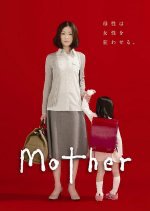 Mother (2010) #03 - Japanese - 8.6 | 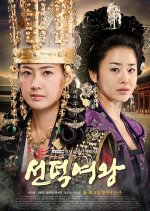 Queen Seon Duk (2009) #04 - Korean - 8.5 |  Autumn's Concerto (2009) #05 - Taiwanese - 8.5 |
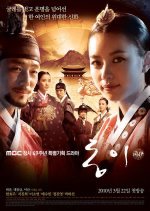 Dong Yi (2010) | 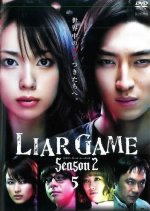 Liar Game 2 (2009) #07 - Japanese - 8.4 | 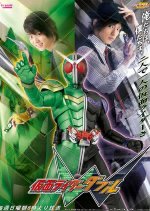 Kamen Rider W (2009) #08 - Japanese- 8.4 | 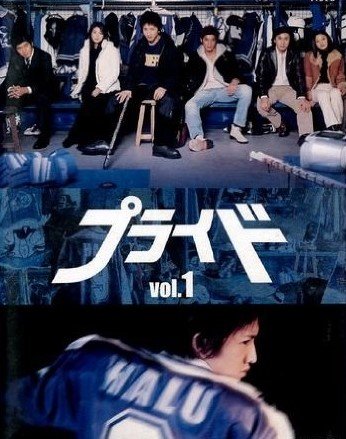 Pride (2004) Pride (2004)#09 - Japanese - 8.3 |
|
MDL 10 Most Popular Dramas Aired in the 2000s | ||||
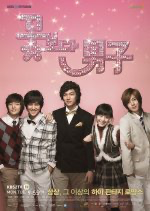 Boys Over Flowers (2009) #01 - Korean - 7.6 | 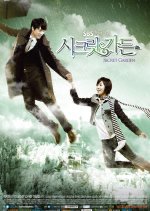 Secret Garden (2010) #02 - Korean- 8.2 | 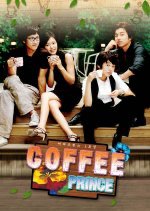 Coffee Prince (2007) #03 - Korean - 8.3 | 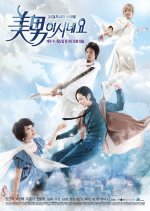 You're Beautiful (2009) #04 - Korean - 8.0 | 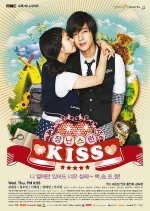 Playful Kiss (2010) #05 - Korean - 7.3 |
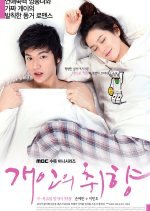 Personal Taste (2010) #06 - Korean - 7.7 | 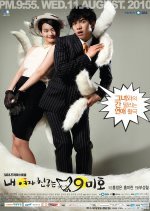 My Girlfriend Is a Gumiho (2010) #07 - Korean - 8.1 | 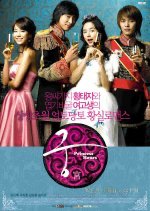 Goong (2006) #08 - Korean - 7.8 | 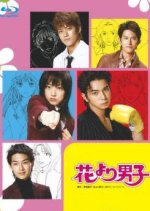 Hana Yori Dango (2005) #09 - Japanese - 8.2 | 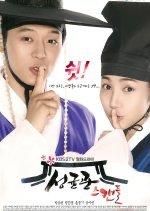 Sungkyunkwan Scandal (2010) #10 - Korean - 8.2 |
Recommended watch worthy dramas from the 2000s
Here, you will see recommendations for signature or classic Korean dramas that have been buried under the tons of more popular and higher-rated Korean dramas released in the late 2000s.
Jewel in the Palace (2003)
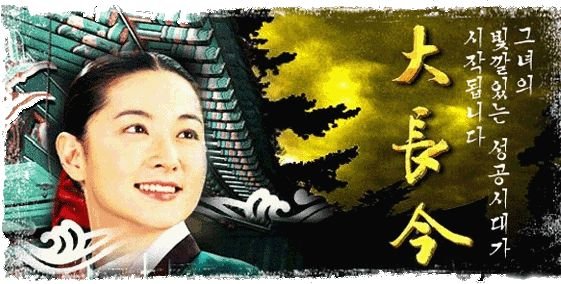 Based on the true story of the first female royal physician of the Joseon Dynasty, Korean drama Jewel in the Palace resembles the Japanese drama Oshin in many ways. Both are signature quality productions on the strength and tenacity of female protagonists to achieve success in life against adversities, and both opened the doors for other local drama productions to the world. Infused in the Jewel in the Palace are elements of traditional Korean culture, including intricate Korean royal court cuisine and traditional medicine, promoting Korean culture abroad. Following its successful run in South Korea, it was exported to over 90 countries and is well received, earning US$103.4 million worldwide (Wikipedia).
Based on the true story of the first female royal physician of the Joseon Dynasty, Korean drama Jewel in the Palace resembles the Japanese drama Oshin in many ways. Both are signature quality productions on the strength and tenacity of female protagonists to achieve success in life against adversities, and both opened the doors for other local drama productions to the world. Infused in the Jewel in the Palace are elements of traditional Korean culture, including intricate Korean royal court cuisine and traditional medicine, promoting Korean culture abroad. Following its successful run in South Korea, it was exported to over 90 countries and is well received, earning US$103.4 million worldwide (Wikipedia).
Season-themed Endless Love Tetralogy
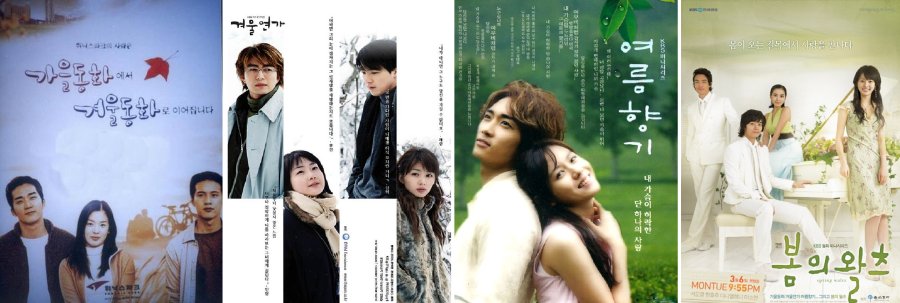 Off the MDL charts, but nevertheless a worthy drama that Korean drama addicts should watch is Winter Sonata (2002), the most popular and highest ranked, season-themed tetralogy Endless Love drama series, that brought local and international tourists to visit the drama’s filming locations. As a drama that aired in 2002 before Jewel in the Palace, Winter Sonata is widely considered to be the Korean drama that launched the Korean Wave throughout Asia and worldwide, and yielded more than US$27 billion when taking into account the profit it contributed to tourism (Wikipedia). Compared to Winter Sonata and Autumn Tale (2000), the subsequent Summer Scent (2003) and Spring Waltz (2006), sadly did not fare as well.
Off the MDL charts, but nevertheless a worthy drama that Korean drama addicts should watch is Winter Sonata (2002), the most popular and highest ranked, season-themed tetralogy Endless Love drama series, that brought local and international tourists to visit the drama’s filming locations. As a drama that aired in 2002 before Jewel in the Palace, Winter Sonata is widely considered to be the Korean drama that launched the Korean Wave throughout Asia and worldwide, and yielded more than US$27 billion when taking into account the profit it contributed to tourism (Wikipedia). Compared to Winter Sonata and Autumn Tale (2000), the subsequent Summer Scent (2003) and Spring Waltz (2006), sadly did not fare as well.
Full House (2004)
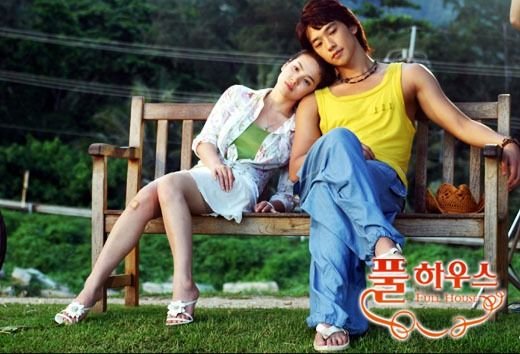 Coming in at #11 MDL Popular chart and considered a pioneer of the Korean rom-com genre and the many rom-com clichés of rich male lead, boss-employee relationship, contract marriage and bickering couple is Full House. See Rain and Song Hye Kyo in their younger days in a boisterous and silly rom-com 18 years ago in 2004! Plus this drama was such a great success in Asia, propelling the Korean Wave and has been remade in other Asian countries including Thailand, the Philippines, China and Taiwan.
Coming in at #11 MDL Popular chart and considered a pioneer of the Korean rom-com genre and the many rom-com clichés of rich male lead, boss-employee relationship, contract marriage and bickering couple is Full House. See Rain and Song Hye Kyo in their younger days in a boisterous and silly rom-com 18 years ago in 2004! Plus this drama was such a great success in Asia, propelling the Korean Wave and has been remade in other Asian countries including Thailand, the Philippines, China and Taiwan.
The Last Breakthrough (2004)
 A personal fave that is not in the MDL charts but which merits more attention and deserves more love is the Hong Kong drama The Last Breakthrough (2004). A TVB anniversary drama similar to the Kids' Lives Matter (2021), The Last Breakthrough is a gem for medical drama on medical professionals working in a neighbourhood medical centre taking care of neighbourhood folks, and volunteering as doctors without borders on missions at feudal, resource- and disease- stricken Africa providing medical humanitarian assistance for the needy locals. This is a not-to-be-missed and comfort drama on medical ethics, on crossing the doctor’s line to not just treat but help patients and at the same time, on finding the real meaning of life, family and friends, and living life to the fullest and without regrets. Available on TVB YouTube channels in English subtitles or Chinese dubbing. More in my full review of this drama.
A personal fave that is not in the MDL charts but which merits more attention and deserves more love is the Hong Kong drama The Last Breakthrough (2004). A TVB anniversary drama similar to the Kids' Lives Matter (2021), The Last Breakthrough is a gem for medical drama on medical professionals working in a neighbourhood medical centre taking care of neighbourhood folks, and volunteering as doctors without borders on missions at feudal, resource- and disease- stricken Africa providing medical humanitarian assistance for the needy locals. This is a not-to-be-missed and comfort drama on medical ethics, on crossing the doctor’s line to not just treat but help patients and at the same time, on finding the real meaning of life, family and friends, and living life to the fullest and without regrets. Available on TVB YouTube channels in English subtitles or Chinese dubbing. More in my full review of this drama.
2010s (2011 - 2020): Korean Tsunami
The Korean Wave continued to rage and expand in the 2010s, infiltrating Europe and the U.S. in the mid-2010s, forming what I coined as the Korean Tsunami. The 2010s also saw an increased interest and quality in Chinese dramas as the Chinese economy grew. Recent article A Brief History of Chinese Dramas by mjf314 & Cho Na provides an insightful guide on the evolution of Chinese dramas over the years from the birth of Chinese TV in 1958.
On the MDL charts for the 2010s, Korean dramas dominated with 6 dramas in the Top 10 while Chinese dramas replaced and surpassed Japanese dramas with 4 dramas in the Top 10. In terms of popularity, Korean dramas were all the rage, dominating the top 43 spots, with the first non-Korean (Chinese) drama Love O2O (2016) at #44.
MDL Top and Popular dramas in the 2010s need no introduction, as they still reign over the charts today in 2022, and have been watched and recommended by many today.
MDL Top 10 Dramas Aired in the 2010s | ||||
 Hospital Playlist (2020) #01 - Korean - 9.1 | 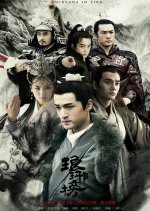 Nirvana in Fire (2015) Nirvana in Fire (2015)#03 - Chinese - 9.1 | 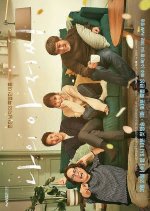 My Mister (2018) My Mister (2018)#04 - Korean - 9.1 |  Prison Playbook (2017) Prison Playbook (2017)#05 - Korean - 9.1 | |
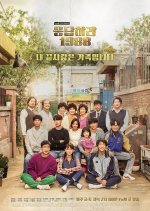 Reply 1988 (2015) Reply 1988 (2015)#06 - Korean - 9.0 |  The Untamed (2019) #07 - Chinese - 9.0 |  Joy of Life (2019) #08 - Chinese- 9.0 |
|
|
MDL 10 Most Popular Dramas Aired in the 2010s | ||||
 Goblin (2016) #01 - Korean - 8.8 |  Strong Woman Do Bong Soon (2017) #02 - Korean- 8.7 |  Descendants of the Sun (2016) #03 - Korean - 8.7 |  #04 - Korean - 8.8 |  W (2016) #05 - Korean - 8.5 |
 #06 - Korean - 8.5 | 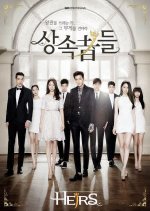 The Heirs (2013) #07 - Korean - 7.6 | 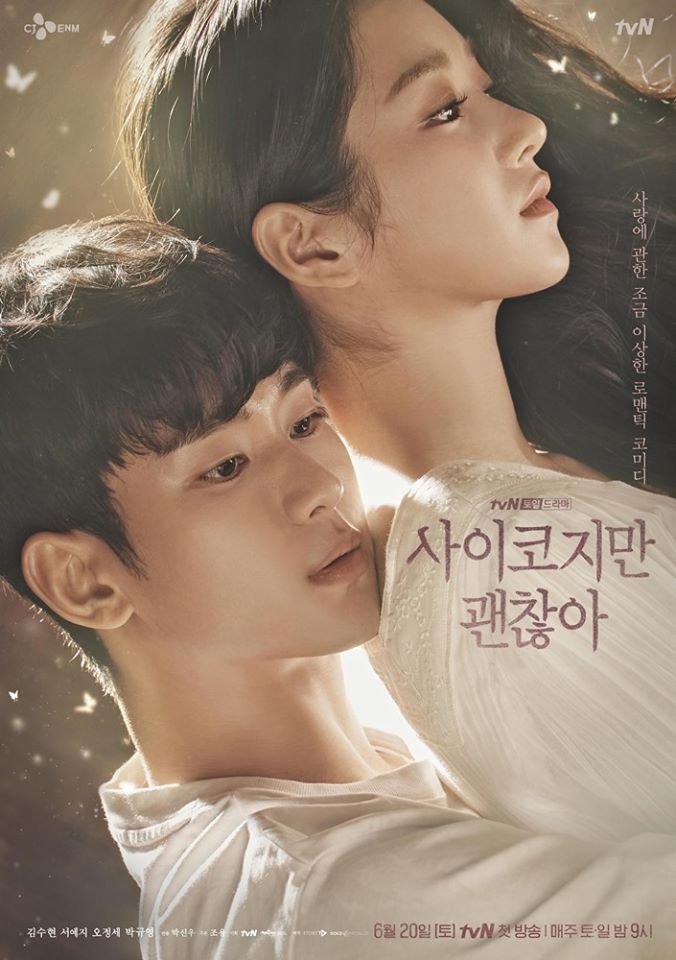 It's Okay to Not Be Okay (2020) #09 - Korean - 9.0 | 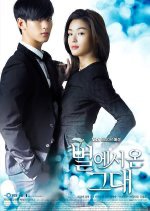 My Love from the Star (2013) #08 - Korean - 8.6 |  Crash Landing on You (2019) #10 - Korean - 9.0 |
Epilogue
It is hoped that this article has provided an overview of the prominence of Asian dramas over the decades and unearthed some of the old but gold, classic and signature dramas that have been buried under the tons of new Asian dramas.
Are you tempted to start watching some of these Old but Gold dramas which you have missed out on prior? What are the Old but Gold dramas that you think merit more attention and love? Comment below and also take part in the polls:
Acknowledgements: Thank you to the editors who edited this article. Credits: All images are taken from the official posters and Photo section on MDL and drama screenshots. Feature image by Cho Na, banner by Wish, both are self-made collages of drama posters. Visual design and preliminary editing by Cho Na. | Edited by: devitto (1st editor) |

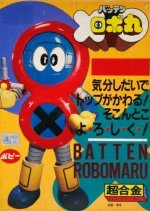 Batten Robomaru
Batten Robomaru
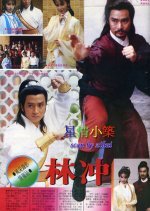
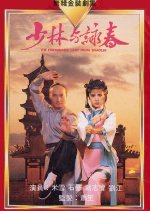 The Formidable Lady From Shaolin
The Formidable Lady From Shaolin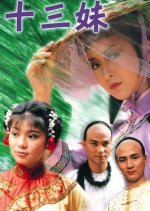 The Legend of the Unknowns
The Legend of the Unknowns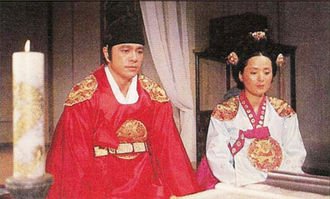
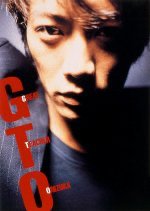 GTO
GTO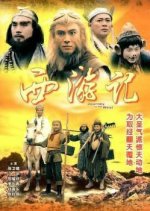
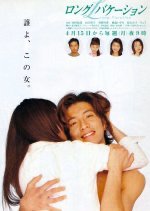
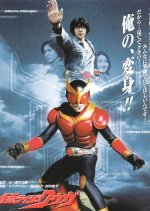 Kamen Rider Kuuga
Kamen Rider Kuuga
 Ice World
Ice World Iljimae
Iljimae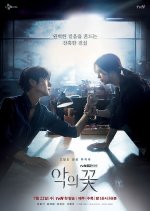 Flower of Evil
Flower of Evil Mr. Queen
Mr. Queen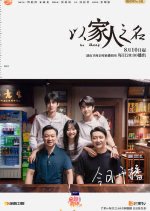 Go Ahead
Go Ahead
